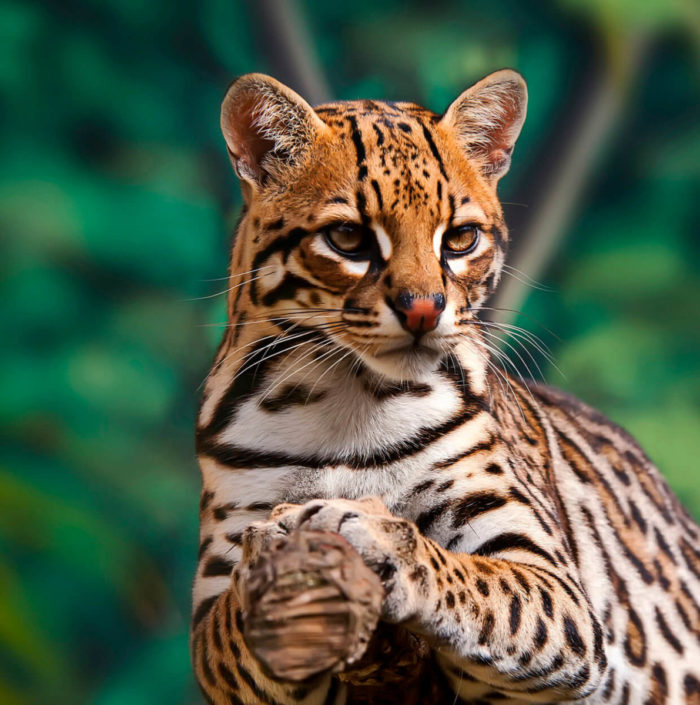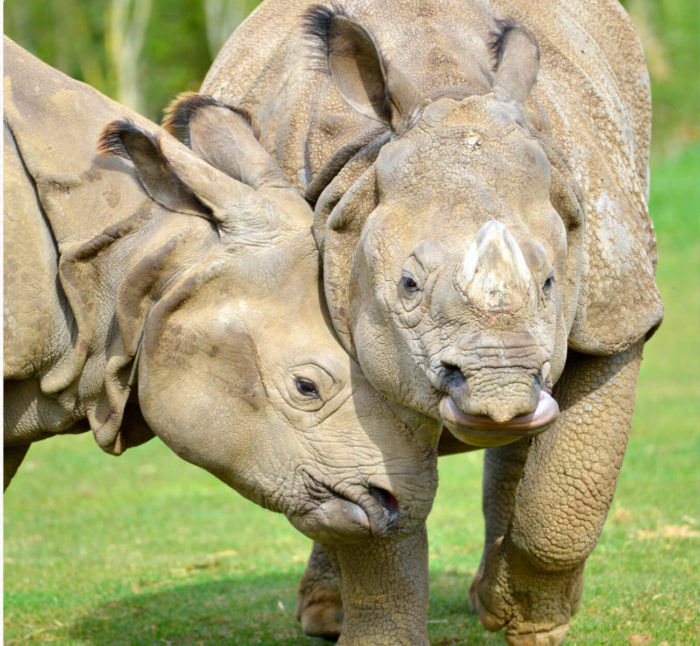In Danger of Extinction
Terra Natura Benidorm has a number-one priority to help safeguard animal species in danger of extinction. If current trends of deforestation, destruction and transformation of natural areas on our planet continue, there will not be sufficient space or resources to guarantee the long-term survival of wild animals.
Given the seriousness of the situation, we actively participate in international conservation programs to avoid the disappearance of such animals as: the leopard, the jaguar, the Sumatran tiger, the Asian lion, the Asiatic elephant, the Indian rhinoceros, the Indian Gaur bison, the Indian Barasingha deer, and the Asiatic wild dog, amongst others.
One example: By protecting the Indian rhinoceros we are also protecting other species of mammals, birds, reptiles, fish, insects and plant that live in the same environmental habitat. Terra Natura collaborates economically with the IRV 2020 project to protect the places where Indian rhinos raise their young in the Pobitora Wildlife Sanctuary and the Kaziranga National Park of eastern India.


Rhinoceros
By protecting the Indian rhinoceros we are also protecting other species of mammals, birds, reptiles, fish, insects and plant that live in the same environmental habitat. Terra Natura collaborates economically with the IRV 2020 project to protect the places where Indian rhinos raise their young in the Pobitora Wildlife Sanctuary and the Kaziranga National Park of eastern India.

Elephant
The elephant is the largest land mammal on Earth, whose long trunk is its most characteristic trait. The trunk is a powerful organ with extreme sensitivity thanks to more than seventy thousand muscles that permit the trunk to rip fibrous branches from trees as well as delicately select appetizing berries from bushes.

Jaguar
The jaguar is the most fascinating nocturnal predator of the meso-American Mayan world, with two distinct colour patterns. We can find specimens of uniform black jaguars as well as those with yellow coats dotted with dark spots (a kind of leopard). Each color pattern corresponds to the necesity for camouflage while stalking prey in the thickets.

Tiger
In order to ensure the survival of tigers, we must eradicate the threats to their existence: Loss of habitat, diseases, lack of prey, poaching, and competition with humans in the area. Sustainable and responsible management of raw materials such as wood and palm oil are key to this battle for survival. If we can avoid consuming palm oil products, protected wood, and those medications or jewelry made from endangered-animal parts, we are contributing to the conservation of tigers.

